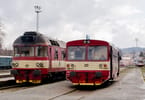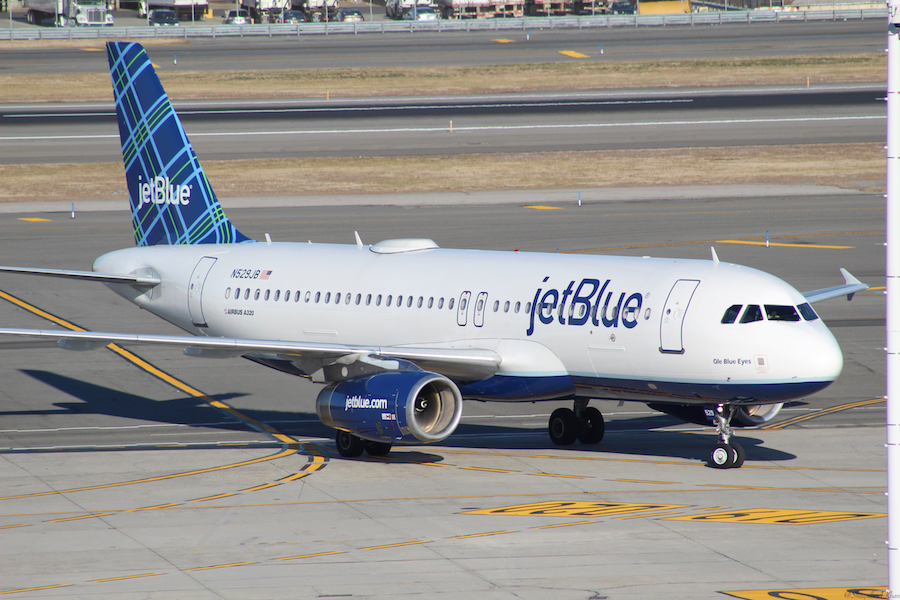HAVANA – For Cuba it was a year of false-starts, tentative hopes for change and lingering anticipation that the United States would finally open the floodgates for American tourists to visit the island nation. As the year draws to a close, however, little has changed and the embargo persists largely unchanged. But if Cubans are used to anything, it is waiting.
In the nation’s capital of Havana clunky 1950s era Chevrolets still rattle alongside bici-taxis – habanero-drawn bicycles that double as public transportation – which crowd the roads.
A state of suspended animation has long become the status quo and any signs of optimism are tempered by a healthy dose of well-earned local skepticism. After all Cuba has been going at it alone for some five decades now.
The false ripples of anticipation began in mid-April when a flurry of public questioning of Cuba’s ability to absorb a flood of US tourists was launched by US media outlets after the Obama administration had eased certain travel restrictions on Cuban-Americans. New rules allow one visit to the island each year as opposed to every three years which was previously mandated. The US has maintained a full embargo since 1962 which essentially prohibits Americans from spending money in Cuba. The embargo was imposed following the government of Fidel Castro’s expropriation and nationalization of properties belonging to US citizens and corporations.
Decades later the embargo seems only to have increased the misery of the Cuban people and has had little of the intended effect. After all Fidel Castro has outlived ten US president since his gang of ragtag revolutionaries came to power here over a half a century ago. Today while Fidel Castro handed over the reigns of power to his brother Raul, his influence is still real and his byline appears almost daily in the government newspaper Granma.
The Cuban government goes to great lengths to remind its citizens that it is the US embargo which is responsible for much of the country’s misery. Dusty signs all over the nation’s highways spread the propaganda of a half-century-old revolution while those very same fading posters are a reminder that Fidel Castro’s revolution is in much need of a face-lift of its own.
Much of the springtime speculation centered around the islands perceived inability to absorb a mass of new arrivals should the US administration go one step further and lift the embargo altogether. It was a strange logic. Two decades ago as the Berlin wall collapsed droves of western tourists ventured eastward to Hungary, Poland, then Czechoslovakia and eastern Germany. Any lack of hotel rooms was more than made up by little old ladies keen to rent their flats to those curious to see lands that had been all but sealed off to this kind of mass tourism for decades.
More important than a lack of infrastructure the US media seemed to forget to ask if there was enough political capital in Washington and Miami to make any real political change in its Cuba policy.
Meanwhile the government of the communist island has already taken a plunge into the capitalist enterprise of allowing the development of a network of private home stays – or casa particolares – which themselves have become extremely popular. They have attracted a whole new demographic of tourists.
While the state has heavily taxed these entrepreneurs, the government nevertheless recognized the benefits of the dynamism of an entrepreneurial class. In addition, earlier this year the government also opened the island’s luxury resorts to Cuban citizens, finally allowing the country’s own inhabitants to benefit from the infrastructure that until this year was off limits even to those who could pay.
Those who claimed that Cuba is not ready for a mass of US tourists should that country chose to lift the embargo; may well simply be wrong, and are certainly missing the point. Cuba is well aware of the value of tourism to its economy, and just what a change in US tourism policy would mean. This nation has furiously developed hotels and resorts over the past two decades which today cater to primarily Canadian and European visitors. Just last week Cuba announced the latest tourism arrival figures in the communist paper Granma, quoting the tourism minister who revealed the arrival of some 2.4 million tourists this year.
That is up 3.3 percent over last year, figures that are fueled by the addition of some 2,000 new hotel rooms catering to high-end visitors.
Over the past two decades along with its foreign development partners the island has ploughed away with the expansion of a network of all-inclusive resorts in Havana, Varadero, the island’s northern cays, around the eastern city of Holguin and the southern resort island of Cayo Largo.
For example, take the lush tropical setting of Cayo Santa Maria. This pristine cay at the western end of the Archipelago de Sabana-Camaguey is the idyllic setting of the new frontier of Cuban tourism. Tied to the island by a man-made causeway this is where you find Melia Las Dunas, one of several five-star hideaways set amidst pristine azure-blue beaches.
In Havana the Hotel Satarotoga sets a new standard of excellence for high-end business hotels on the island. This property sits just across from the city’s landmark Capitolio, and harks back to the suave 1930s when Cuban orchestras played their wildly popular ‘aires libres’ on the hotel’s terrace for local celebrities and socialites.
A short distance away in Habana Vieja, the historic district of the capital, you find a series of recently restored colonial-era buildings in what is a massive project spearheaded by the government-owned Habaguanex chain. As part of the ongoing restoration project the government has converted landmark colonial-era properties into thematic boutique-style hotels; each with its particular cache and charm.
Even today the eastern end of the established tourism Mecca of Varadero is lined with construction cranes and new development properties. While far from looking like a new Shanghai, the Cubans may well be taking their cues in the capitalist enterprise from their Chinese friends.
In retrospect, accusations of unpreparedness for western tourist arrivals could easily have been leveled against Central European nations shortly before the fall of communism there two decades ago. For these countries the floodgates did open. It is likely that a similar scenario will play itself out in Cuba. As to exactly when; that is still an open question. Cubans are used to waiting.
Montreal-based cultural navigator Andrew Princz is the editor of the travel portal ontheglobe.com. He is involved in journalism, country awareness, tourism promotion and cultural-oriented projects globally. He has traveled to over fifty countries around the globe; from Nigeria to Ecuador; Kazakhstan to India. Andrew Princz recently spent seven weeks in Cuba.
هن آرٽيڪل مان ڇا وٺو:
- The false ripples of anticipation began in mid-April when a flurry of public questioning of Cuba’s ability to absorb a flood of US tourists was launched by US media outlets after the Obama administration had eased certain travel restrictions on Cuban-Americans.
- Dusty signs all over the nation’s highways spread the propaganda of a half-century-old revolution while those very same fading posters are a reminder that Fidel Castro’s revolution is in much need of a face-lift of its own.
- Meanwhile the government of the communist island has already taken a plunge into the capitalist enterprise of allowing the development of a network of private home stays –.






















